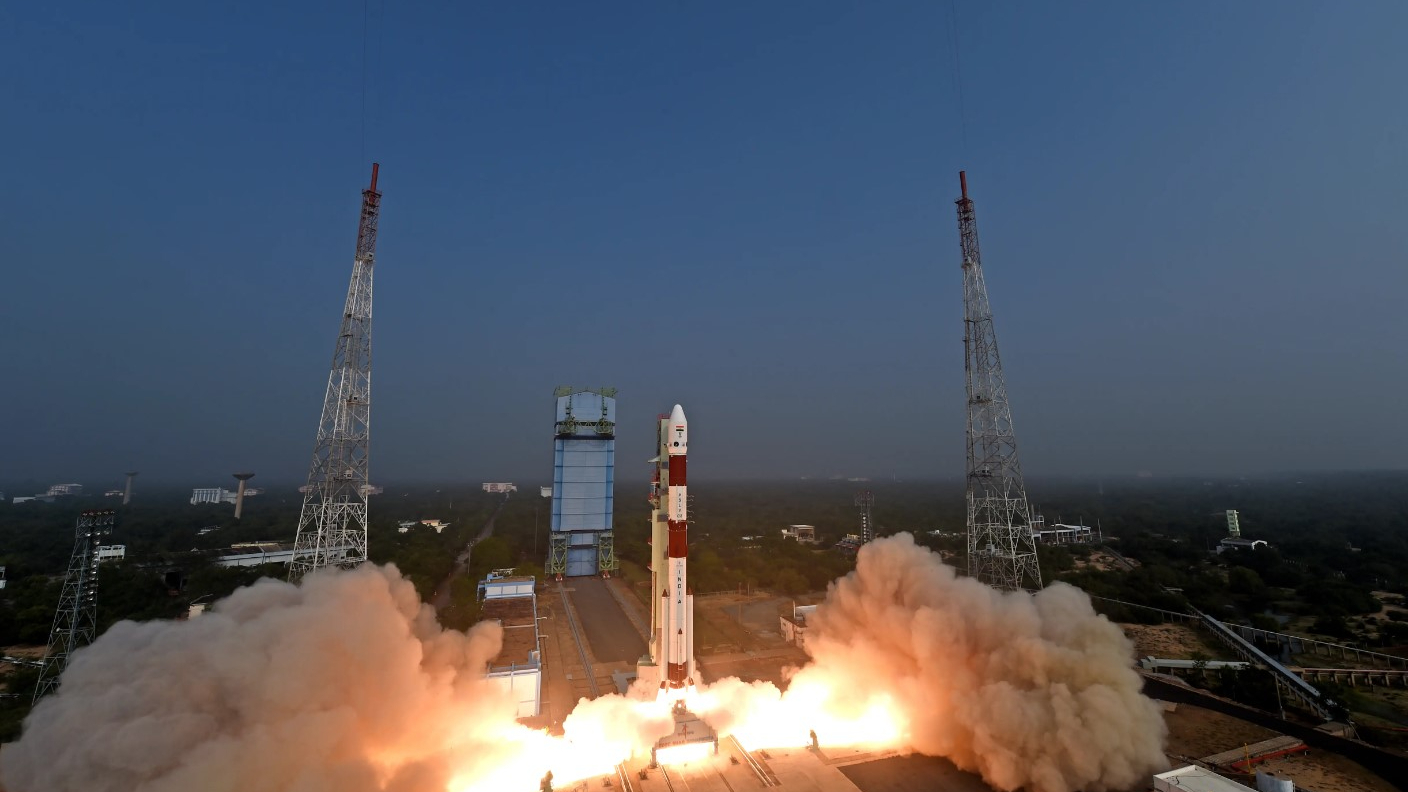India launches X-ray satellite to study black holes, supernovas and more (video)
XPoSat will study a range of cosmic objects across a five-year operational lifetime.
India sent its XPoSat X-ray observatory into orbit on New Year's Day, in what was the first launch of 2024 worldwide.
A Polar Satellite Launch Vehicle (PSLV) lifted off from the Satish Dhawan Space Center at 9:10 a.m. Indian Standard Time on Jan. 1 (0340 GMT, or 10:40 p.m. EST on Dec. 31).
The X-ray Polarimeter Satellite (XPoSat) entered a 404-mile-altitude (650 kilometers) orbit 22 minutes later, according to the Indian Space Research Organisation (ISRO).
Related: Facts about ISRO, the Indian Space Research Organisation

The 1,034-pound (469 kilograms) XPoSat is India's first dedicated X-ray astronomy satellite. The satellite carries two science instruments: the POLIX X-ray polarimeter and XSPECT, the X-ray SPECtroscopy and Timing payload.
Data from XPoSat will be used to study cosmic phenomena such as neutron stars, black holes, active galactic nuclei and supernovae. The satellite has a planned mission lifetime of five years.
The fourth stage of the rocket that conducted the launch is also being used as an orbital platform and carries a number of payloads. The PSLV Orbital Experimental Module-3 (POEM-3) experiment carries 10 payloads, supplied by ISRO and IN-SPACe, a government agency created to promote, permit and oversee private activities in the space sector. These include experiments to test coatings made from the element tantalum, a green bipropellant cubesat propulsion unit, fuel cell tests and an interplanetary dust count measurement.
Get the Space.com Newsletter
Breaking space news, the latest updates on rocket launches, skywatching events and more!
POEM-3 was also lowered to an altitude of 217 miles (350 km) to responsibly reduce the stage's lifetime in orbit and decrease its potential to create debris in low Earth orbit.
India's space plans for 2024 include a number of test flights for its Gaganyaan human spaceflight program. A first crewed flight is currently expected in 2025.
Join our Space Forums to keep talking space on the latest missions, night sky and more! And if you have a news tip, correction or comment, let us know at: community@space.com.

Andrew is a freelance space journalist with a focus on reporting on China's rapidly growing space sector. He began writing for Space.com in 2019 and writes for SpaceNews, IEEE Spectrum, National Geographic, Sky & Telescope, New Scientist and others. Andrew first caught the space bug when, as a youngster, he saw Voyager images of other worlds in our solar system for the first time. Away from space, Andrew enjoys trail running in the forests of Finland. You can follow him on Twitter @AJ_FI.









